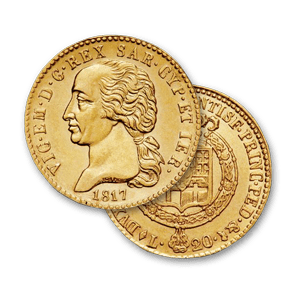Looking careful at an object in gold or silver one finds the tiny presence of hallmarks: they are the identity card of the object and make it possible to know the fineness or title, origins, and date of the artefact made with precious metals.
Unfortunately not all antique gold and silver objects bear a hallmark and this occurs particularly in Italian works due to the political fragmentation on the territory. Often the absence of the hallmark betrays the use of low-title metal that contrasts with a high artistic or historical value.
In Paris, as early as the XVI century, the silversmith was obliged to punch the metal plate to be processed and return the finished object for a second punching, having taken care not to damage the first during the production process.
In English, the story of silver hallmarks and hence of corporations is the oldest and has been ongoing since 1180. The hallmark of the city is alongside the date letter, then the silversmith’s mark. English silverware represents an exemplary organisational system and a grandiose craftsmanship corresponds, which distinguishes it from those of other countries.
The quality of the material has contributed to the consolidation of interest in ancient silverware and has given rise to ongoing historic research. Hence a more selected number of objects has appeared on the antiques market and are today sought out all over the world.
 perizie@marcozaia.net
perizie@marcozaia.net






